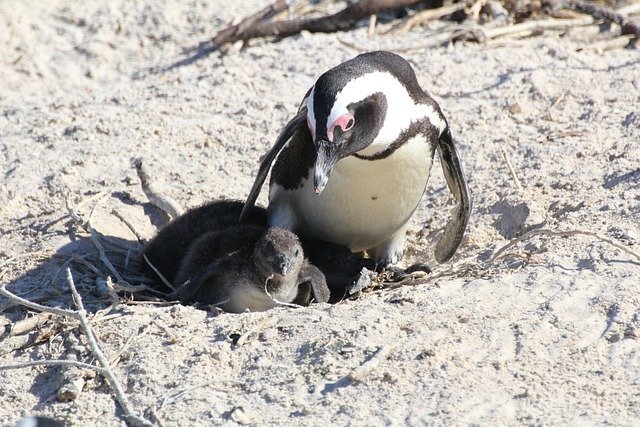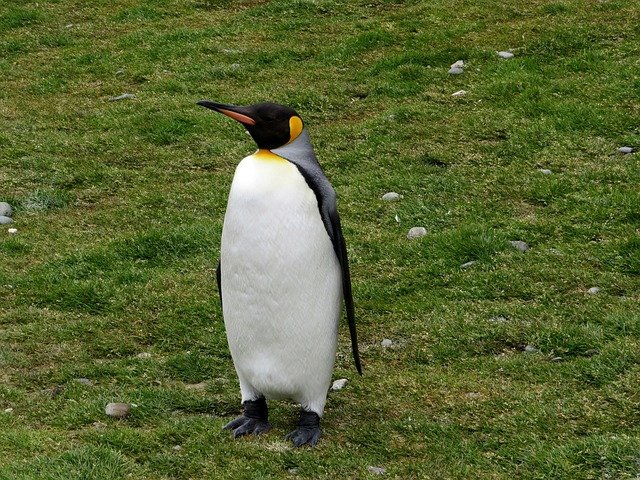
The Secret Lives of Penguins: Adaptations and Survival in Harsh Environments
Penguins are fascinating creatures that have captivated the hearts of many. These flightless birds, primarily found in the Southern Hemisphere, have evolved a range of unique adaptations that enable them to thrive in some of the harshest environments on Earth. In this post, we will explore the incredible adaptations of penguins and how they ensure their survival in extreme conditions.
1. Physical Adaptations
Streamlined Bodies
Penguins possess a streamlined body shape that reduces drag while swimming. Their wings have evolved into flippers, allowing for agile and efficient movement through water. This adaptation is crucial for hunting and evading predators.
Insulating Feathers
Penguins are covered in dense, waterproof feathers that provide insulation against icy waters. Underneath their feathers, a layer of blubber helps retain body heat, which is essential for survival in freezing temperatures.
Counter-Shading
The coloration of penguins is another remarkable adaptation. Their dark backs and white bellies create a counter-shading effect, providing camouflage from both predators and prey. This makes it difficult for predators to spot them while swimming.
2. Behavioral Adaptations
Social Structure
Penguins are highly social animals that often live in large colonies. This social behavior provides safety in numbers, allowing them to protect themselves from predators and share warmth during the harsh Antarctic winters.
Huddling
During extreme cold, penguins engage in a behavior known as huddling. They gather closely together to conserve heat, rotating positions to ensure that all individuals benefit from the warmth generated by their collective body heat.
Vocal Communication
Each species of penguin has a unique vocalization, which they use to communicate with one another. This is especially important during breeding season when mates need to locate each other in crowded colonies.
3. Reproductive Adaptations
Egg Incubation
Penguins have developed various strategies for egg incubation. For instance, Emperor Penguins are known for their unique breeding behavior, where the male incubates the egg on his feet under a flap of skin for about two months while the female forages for food.
Chick Rearing
Once hatched, penguin chicks are highly dependent on their parents for warmth and food. Parent penguins take turns feeding their chicks by regurgitating food, ensuring that they receive the necessary nutrients to grow and thrive.
4. Diet and Hunting Strategies
Diverse Diet
Penguins primarily feed on fish, krill, and squid. Their hunting strategies vary by species; for example, some penguins dive deep into the ocean, while others prefer to hunt in shallower waters. Their excellent swimming abilities allow them to catch prey swiftly.
Foraging Techniques
Many penguins use a technique called "porpoising," where they leap out of the water while swimming to gain speed and breathe simultaneously. This method helps them evade predators and catch fast-moving prey.
Conclusion
Penguins are remarkable examples of adaptation and survival in extreme environments. Their physical and behavioral traits, along with their unique reproductive strategies, enable them to thrive in some of the harshest climates on the planet. Understanding the secret lives of these incredible birds not only deepens our appreciation for them but also highlights the importance of conserving their habitats as climate change continues to threaten their survival.
Feel free to share your thoughts or ask any questions about penguins and their adaptations in the comments below!
